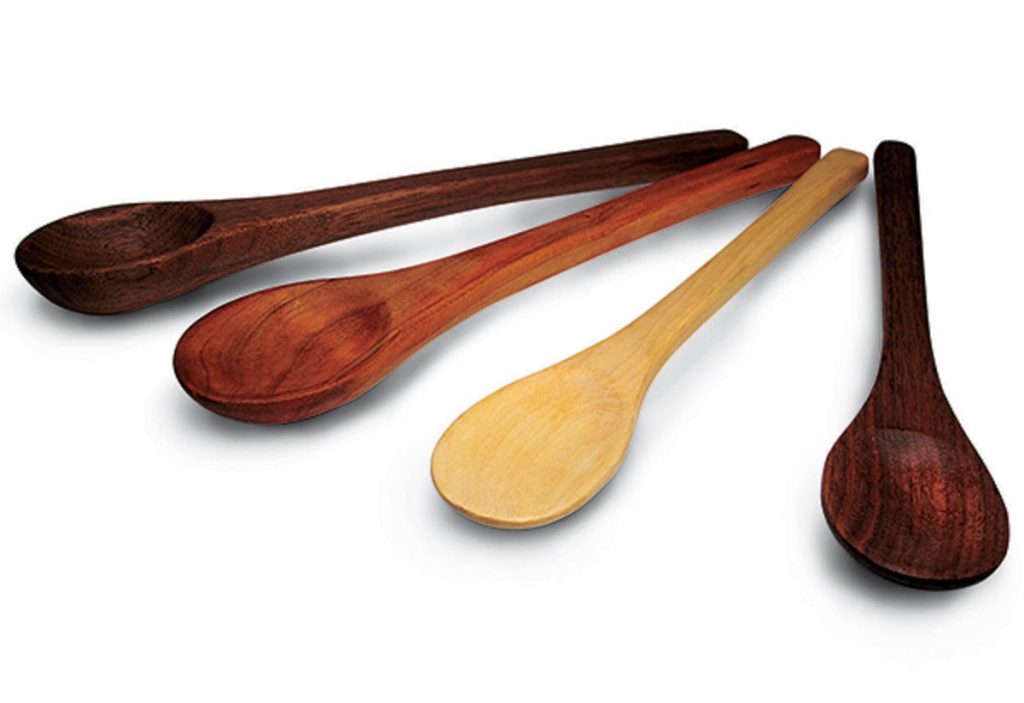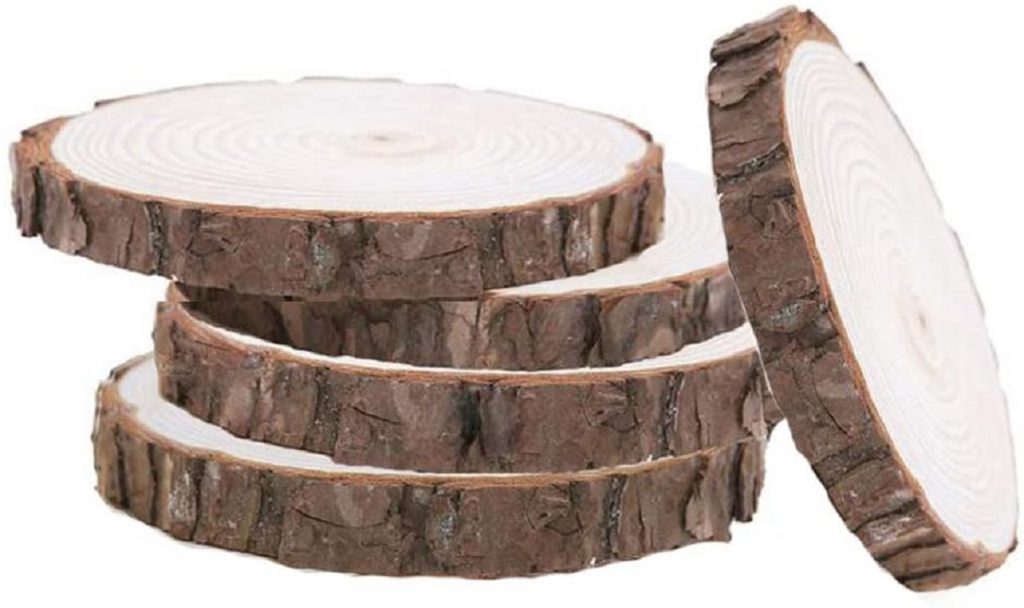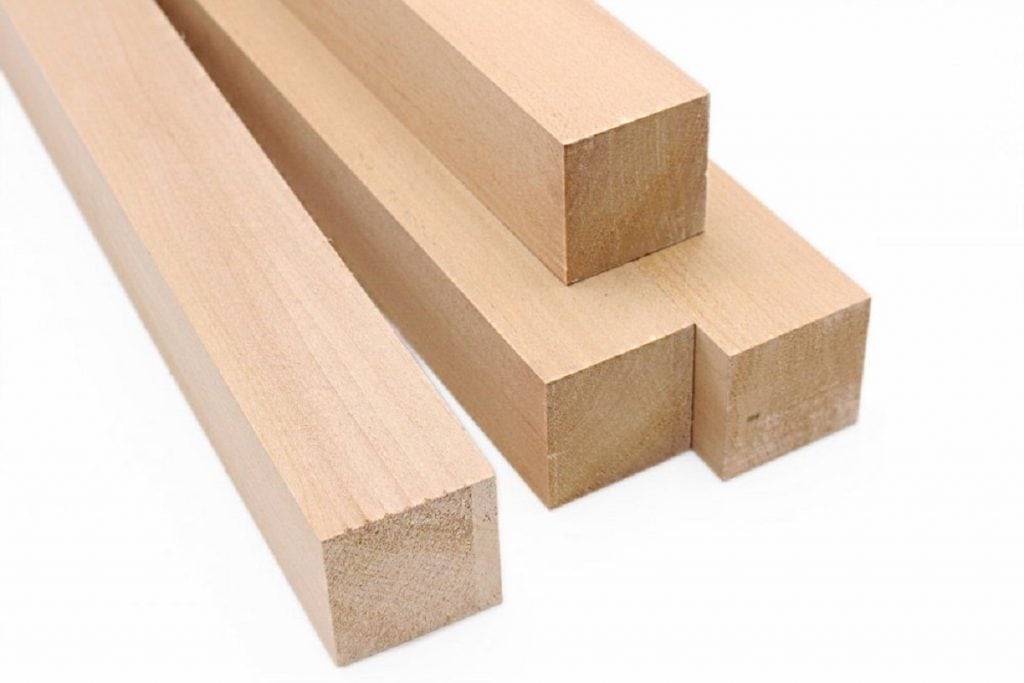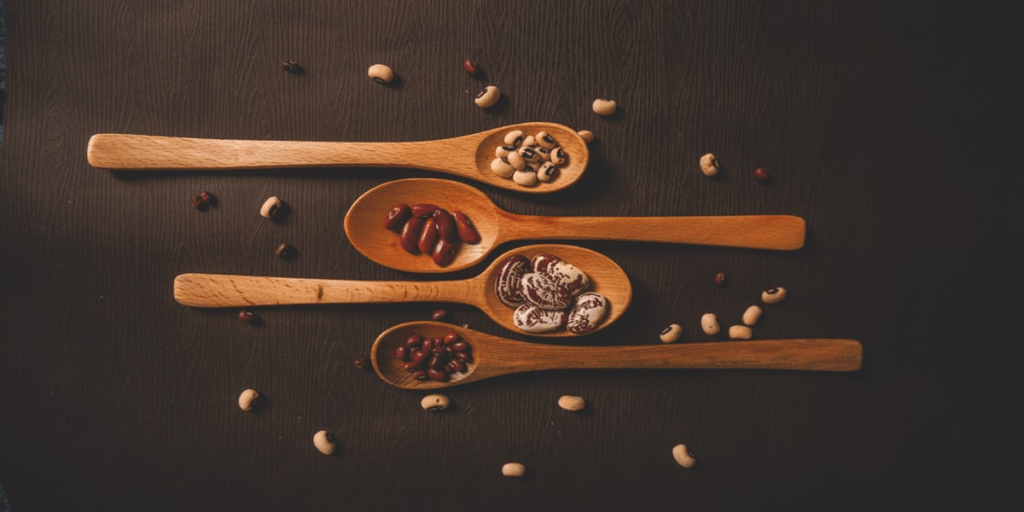“Making a spoon is easy. Start with a piece of wood and remove everything that doesn’t look like a spoon.” — Steve Schuler, Author
Numerous hardwoods are suitable for spoon making, however the better the grain and the less open pores, the better. You can rehearse on white pine, however a hardwood spoon will stand up better to unpleasant use in the kitchen. For your first spoon, pick an effectively worked hardwood, for example, poplar, dark pecan, delicate maple or cherry. I have effectively utilized numerous woods, including walnut, Osage orange, Chinese fat tree and mesquite. When you get its hang, invest more energy woods like beech or hard maple. In the end, you will search out stock with curves and bends that appear to welcome spoon making.

Select a straight, away from of wood 1/2″ to 3/4″ thick, 10″ to 12″ long, and 2″ to 3″ wide. The spoons in the above photograph (most importantly) began with a bit of stock that was 3/4″ thick, and 12″ long. Your spoon size may fluctuate to suit your own inclinations. It doesn’t make a difference if the stock is measured or wound, yet there must be no checks in the end that will end up being the bowl. I’ll wager you as of now have a fitting piece in your off-cut canister
I prompt avoiding extremely porous wood like red oak or softwoods, since they stain effectively and retain dampness without any problem. The more porous woods will be the softwoods, however a few hardwoods are more porous than others. Softwoods additionally tear effectively and imprint effectively as I would see it — not characteristics you need in wooden utensils that will see every day use.
Contents
What’s a good wood to begin with for a new carver?
I suggest utilizing basswood. Basswood is a hardwood, yet it’s a delicate hardwood and it’s simpler to cut. I have made a mixing spoon out of basswood and appreciated cutting it. Up until this point, it is by all accounts holding up fine. Despite the fact that, I have seen it takes on food recolors in some cases.

I’ve likewise been informed that birch and alder are less fibrous and simpler to carve for the beginner. I have made one spoon from birch and can say it’s anything but difficult to work with. Be that as it may, it built up an unfixable break after a couple of uses, so I needed to discard it.

But don’t get too dogmatic about what kind of wood to carve. The wood you have on hand can still be played with. Try various forests to see how over time the spoon holds up. Learn about the things that work and don’t work.
Not to be Captain Obvious, but stay away from using wood and pallet-board wood treated with pressure. It’s a spoon, so you want something which is healthy to eat. If you want to start with hardwood, then see if you can get green (freshly cut) hardwood.
should we make use of green wood or the store’s seasoned wood?
Traditionally spoon carvers commonly utilize green (or newly cut) wood. Recently slice wood will have a higher level of porous content. Green wood is simpler to cut with hand instruments on the grounds that the filaments are milder. Now and again you should carve the spoon to a “rough” dimension and allow it to dry for a while. After it’s dried, at that point return and finish the spoon.
It might likewise be a greater test to get green hardwoods, while furnace dried (a.k.a. prepared wood) hardwoods from a store are promptly accessible. The disadvantage with furnace dried hardwoods is they might be hard to cut with hand devices like carving knives and chisels. A few carpenters put resources into power apparatuses to accelerate the cutting cycle on prepared wood.

where do WE get green hardwoods For carving spoons?
Check with any nearby wood yards or timber plants and fabricate a relationship with them. Likewise, contact tree trimmers and check whether they will sell (or part with) stuff they’re cutting.
Here’s an enormous tip: Power organizations are booked all year to trim limbs back from the electrical power lines. Along these lines, have a go at calling your nearby power company and request to contact the tree managing foreman or group pioneer. They will regularly discard the cuttings through a sprightly, yet a portion of those limbs may be perfect for a spoon.

I don’t suggest you going out and chopping down live wood just to cut a spoon. You can frequently get consent from land proprietors who are as of now chopping down trees or managing trees on their property. Kindly DO NOT go onto public land to cut any tree. This is unquestionably unlawful.
Check with your neighborhood carpentry stores to check whether they convey any green wood for carving. Additionally, converse with neighborhood carpentry clubs and they may share a few leads.
What other characteristics to look for in spoon-carving woods?
As told earlier that the best woods are finer or closed grain hardwoods, in terms of durability.
Starting out, I’d also recommend wood with straight grain and no knots. This will make for easier carving and stronger spoons. Ideally, you want the grain running the length of the spoon.
As you get more experience, then you can pick different kinds of wood. Maybe you want to carve a ladle or serving spoon. Then you may want to pick a green hardwood that branches at some point. This branch often leaves a convenient crook in the wood which is ideal for certain spoon designs.
You might experiment with carving a spoon that’s part sapwood and part hardwood. Upon drying, this may create some “artistic” bends in your spoon. Who says every spoon has to be straight or totally symmetrical?
Spoon designs will also play a big factor in wood selection. There are several different kinds of spoons you can make. If you decide to make a kuksa for example, you may want to use wood from a burl. A burl is a weird growth that sometimes happens in a tree’s development. The grain pattern will usually be irregular and very tight.
Remember — making spoons is a craft and a labor of love. Each spoon is a unique personal creation. A creation that reflects on you, the maker. And a creation that often must cooperate with what nature gives us.


